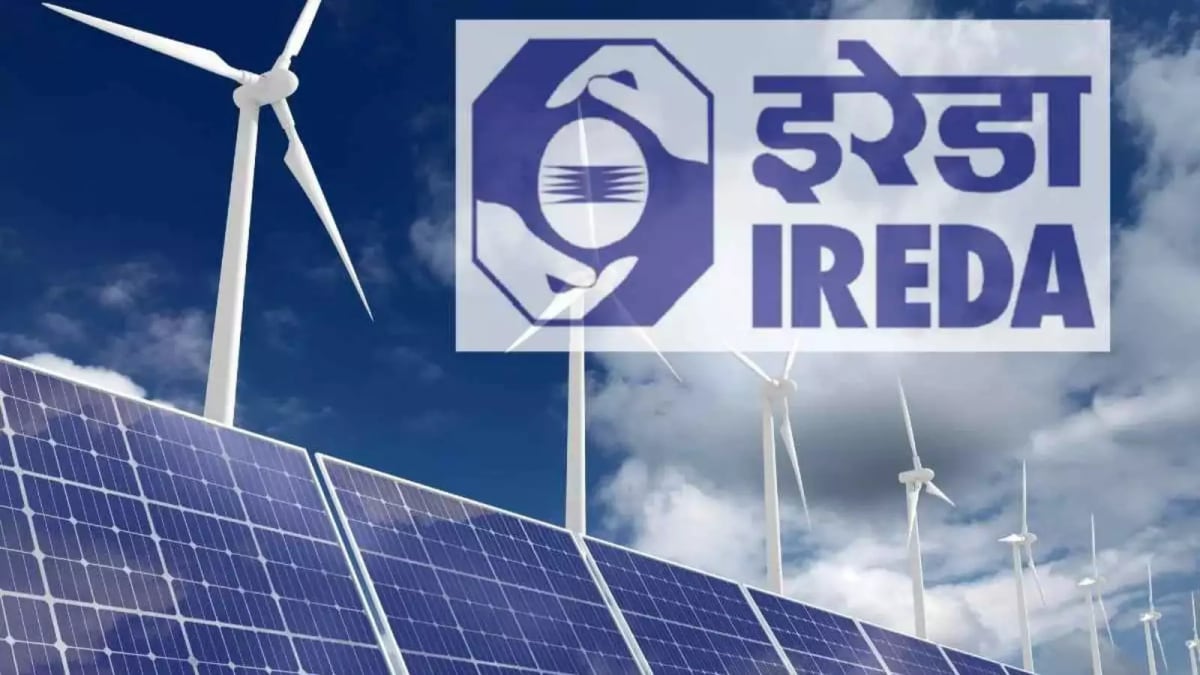She said government’s efforts to recover the economy have been through the capital expenditure route.
New Delhi:
Union Finance Minister Nirmala Sitharaman on Friday said the new tax regime will leave higher disposable income in the hands of people.
Replying to the debate in Lok Sabha on the general budget on Friday, she said government’s efforts to recover the economy after pandemic have been through the capital expenditure route.
Replying to a query of a member who had cited figures about tax saving from the old tax regime, she said saving Rs 4.5 lakh from an income of Rs 9 lakh will be effort-ridden exercise.
“Since the enhanced rebate limit is unconditional, it leaves higher disposable income in the hands of people,” Sitharaman said.
In her Budget document presented on February 1, the Finance Minister made major announcements relating to the personal income tax. The rebate limit in the new tax regime has been increased to Rs 7 lakh.
The tax structure in the new personal tax regime has been changed by reducing the number of slabs to five.
The new income tax regime has been made the default tax regime. However, the citizens will continue to have the option to avail the benefit of the old tax regime.
In her reply today, Sitharaman also said the Budget balances the requirement for India’s development imperatives.
“In simple words, budget 2023-24, astutely balances the requirement for India’s development imperatives within the limit of fiscal prudence. That is a very difficult balance, it is a very delicately balanced tact,” Sitharaman said.
“Since the pandemic when the economy dipped by minus 23, our efforts to recover the economy have been through the capex route (capital expenditure route) from the government’s side. This is because it has a great multiplier effect,” she added.
Capital investment outlay is being increased steeply for the third year in a row by 33 per cent to Rs 10 lakh crore, which would be 3.3 per cent of GDP. This will be almost three times the outlay in 2019-20.
The capex allocation has grown four times since 2015-16, from Rs 2.5 lakh crore to Rs 10 lakh crore (budget estimate for 2023-24).
This increase in recent years, Sitharaman had said, is central to the government’s efforts to enhance growth potential and job creation, crowd-in private investments, and provide a cushion against global headwinds.
The fiscal deficit has steadily declined from 7.3 per cent in 2020-21 to 5.9 per cent budgeted for 2023-24. In 2022-23, it was pegged at 6.4 per cent.
(Except for the headline, this story has not been edited by NDTV staff and is published from a syndicated feed.)
Featured Video Of The Day
India’s Longest Expressway To Cut Travel Time Between Delhi And Jaipur To 2 Hours















































